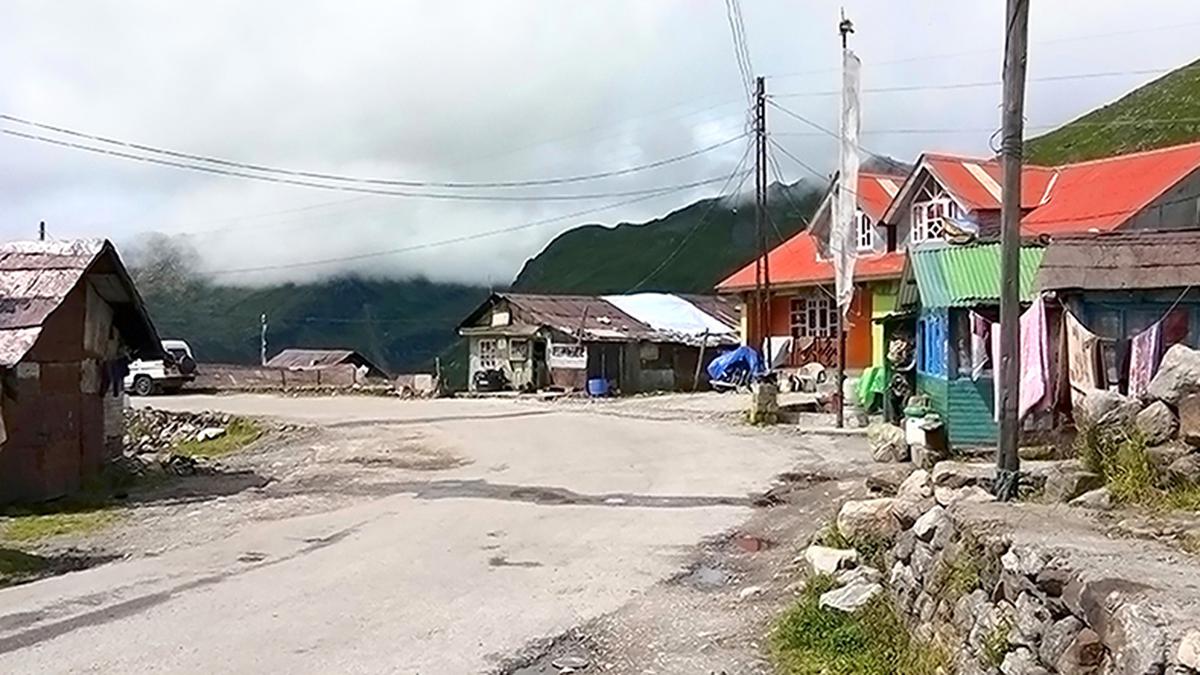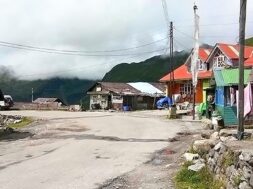
NEW DELHI, Jan 14: Officials from China and Bhutan on Friday agreed to “push forward” a three-step roadmap as an expert group meeting held boundary talks in the south-western Chinese city of Kunming.
A joint release said the two sides “had an in-depth exchange of views on implementing the MOU on the Three-Step Roadmap for Expediting the China – Bhutan Boundary Negotiations “and reached positive consensus.”
The Bhutan delegation, led by Dasho Letho Tobdhen Tangbi, Secretary of the International Boundaries of Bhutan, met the Chinese delegation led by Hong Liang, Director General of the Department of Boundary and Ocean Affairs of the Foreign Ministry, from Tuesday to Friday.
Both sides “agreed to simultaneously push forward the implementation of all the steps of the Three-Step Roadmap” as well as “increase the frequency of the expert group meetings and to keep contact through diplomatic channels on holding the 25th Round of China-Bhutan Boundary talks as soon as possible”, the release said.
Following the talks, both sides held a handover ceremony for Chinese donations of supplies, it added. Bhutan and China in October 2021 signed an agreement on a “Three-Step Roadmap For Expediting the Bhutan-China Boundary Negotiations.” Bhutan’s Foreign Ministry had then said the MoU on the Three-Step Roadmap would “provide a fresh impetus to the Boundary Talks.”
So far, 11 expert group meetings and 24 rounds of talks have been held since the process began in 1984. Negotiations in the 24 rounds have focused broadly on two areas of dispute – Doklam and areas along the western borders of Bhutan and near the India-China-Bhutan trijunction, and the Jakarlung and Pasamlung valleys along Bhutan’s northern borders.
However, China has recently appeared to broaden the scope of the dispute by also bringing in areas along Bhutan’s eastern borders in Sakteng wildlife sanctuary, which borders India’s state of Arunachal Pradesh. The Chinese Foreign Ministry subsequently referred to disputes in “western, middle and eastern” sections.
Some observers viewed that move as a pressure tactic to push Bhutan to accept China’s earlier reported offer of a swap of Doklam in the west, which Beijing views strategically, in exchange for Bhutan to retain its northern territories.
The western areas, measuring 269 sq km, are a particularly sensitive bone of contention given the proximity to India, especially after the 2017 stand-off between Indian and Chinese troops in Doklam. Since the stand-off, China has stepped up its military presence in the disputed plateau. The Jakarlung and Pasamlung valleys along Bhutan’s northern borders with Tibet measure 495 sq. km.
Beijing has recently launched an infrastructure push in Tibet to build what it calls “xiaokang” (moderately prosperous) frontier villages, to establish civilian settlements in areas, including disputed ones, along the Tibet-Bhutan border.
(Manas Dasgupta)














